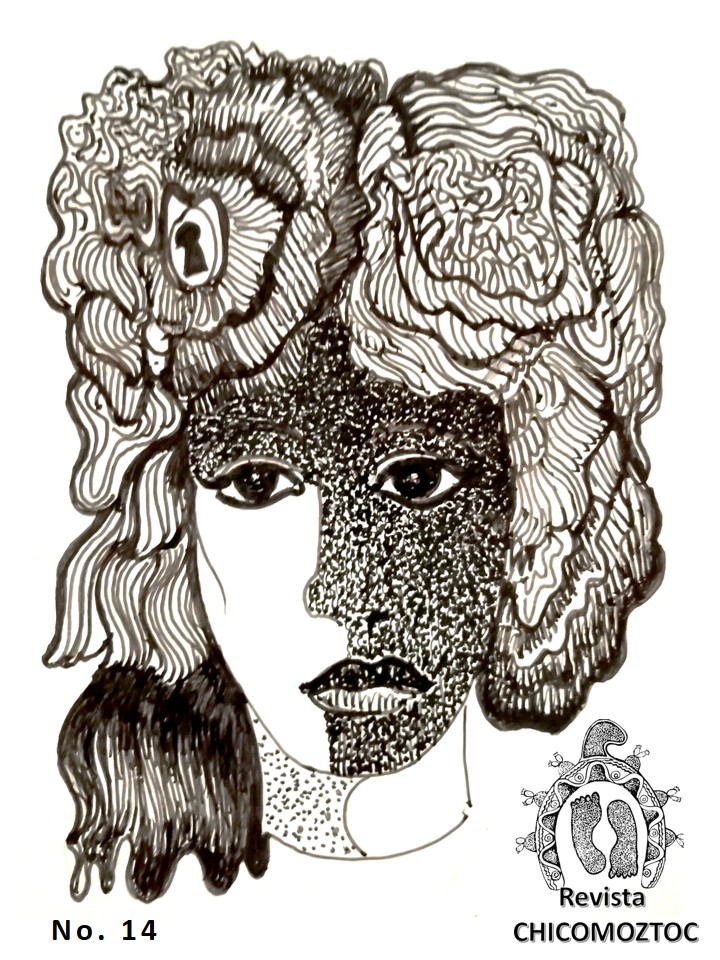Published 2025-08-10
Keywords
- Poroscopia, Acrosiringio, Microdactiloscopia, suficiencia, compensación
Copyright (c) 2025 MC. LUIS A. HERRERA G., MC. SAMUEL A. DELGADO C., LIC. J. ELÍAS LÓPEZ M.

This work is licensed under a Creative Commons Attribution-NonCommercial-ShareAlike 4.0 International License.
How to Cite
Abstract
The Poroscopy of the master Edmond Alexander Locard of 1912, was raised as a complementary analysis of the Dactyloscopic method, because the courts saw with uncertainty that a single fingerprint is very little evidence, when the human being has 10 fingerprints and palmar and plantar regions with friction ridges, Locard reduced the uncertainty with the poroscopic comparison and increased the certainty of the fingerprint identification. With this study we confirm what was stated by the master Edmond Alexander Locard of 1912 and apply the studies of Bert Wentworth and Harris Hawthorne Wilder of 1918, the Ridgeoscopy of 1988 by Salil K. Chatterjee, The Edgeology of 1982 by David R. Ashbaugh , the Microlofoscopy of 2008 and the Poroscopic Emplacement 2025 by Samuel Delgado, together with the international protocols of Interpol and NIST.
Downloads
References
- Ashbaugh, David R., Edgeology, RCMP Gazette, 44(2) 1982.
- Ashbaugh, David R Ridgeoscopy — The Time Is Now, Fingerprint Wliorld, 8(30), October 1982.
- Chatterjee, Salil K. and Richard V. Hague. Fingerprints or Dactyloscopy and Rid-geoscopy, Srijib Chatterjee, Calcutta, 1988.
- Cummins, Harold. Fingerprints — Normal and Abnormal Patterns, Fingerprint and Identification, 49(5), 3, 1967.
- International Association for Identification. Report of the Standardization Commit¬tee, 1973.
- Interpol Symposium Report of First Meeting. Fingerprinting problems, Int. Crim. Police Rev., Mar 1968.
- Miller, J.R. Dermatoglyphics, /. Invest. Dermatol., 60, 435, 1973.
- Thompson, James S. M.D. and Margaret W. Thompson, Ph.D. Genetics in Medicine, W.B. Saunders, Philadelphia 1989.
- Tiller, C.D. Identification of Fingerprints — How Many Points Are Required?, RCMP Gazette, 39(11), 1977.
- Wentworth B. and H.H. Wilder. Personal Identification,., T.G. Cooke, Chicago, 1918.
- Wertheim, Pat A. Qualifying as an expert fingerprint witness — designing a set of questions to assist in court testimony, /. For. Ident., 40(2), 60, 1990.
- Willis, William W. The expert witness, /. For. Ident, 43(2), 166, 1993. Wilton, George. Fingerprints, Wm Hodge and Co., London, 1938.
- Xiang-Xin, Zhao, Liu Chun-Ge. The historical application of hand prints in Chinese litigation, /. For. Ident., 38(6), 277, 1988.

